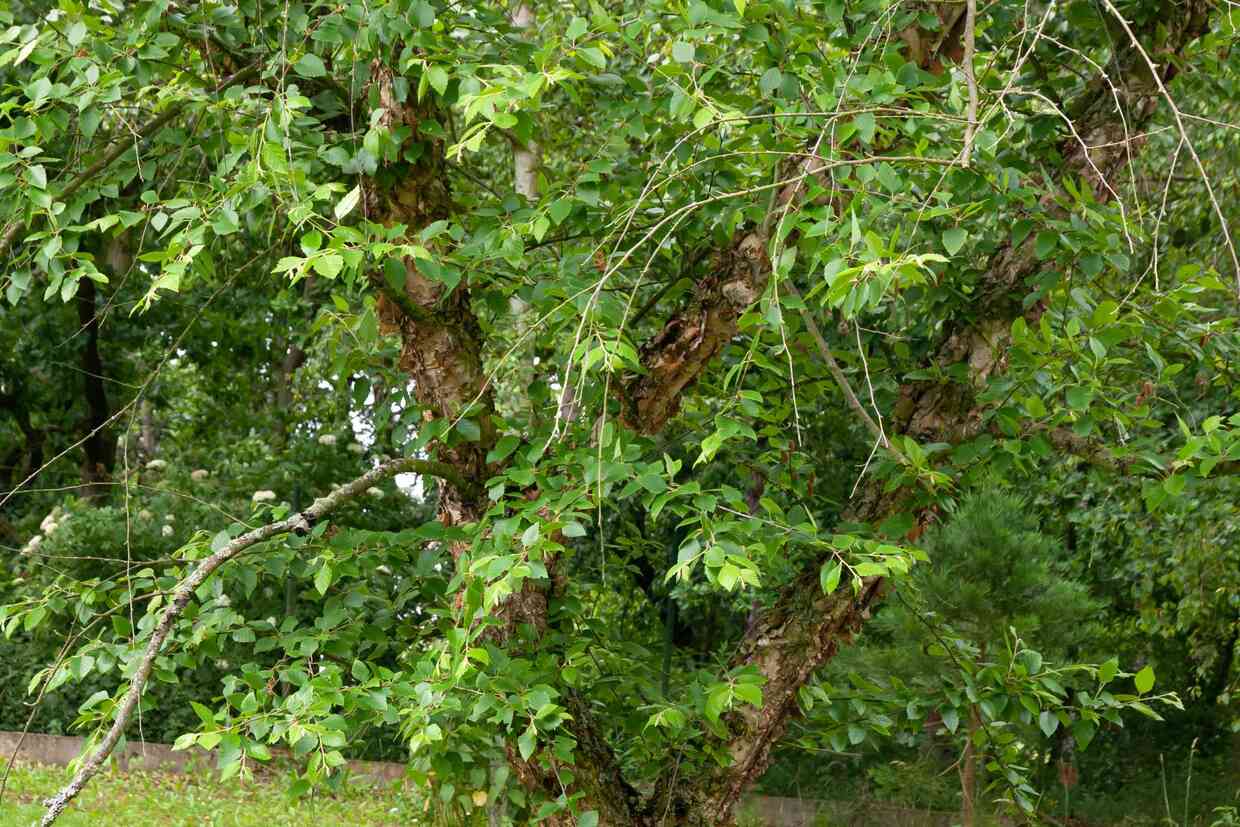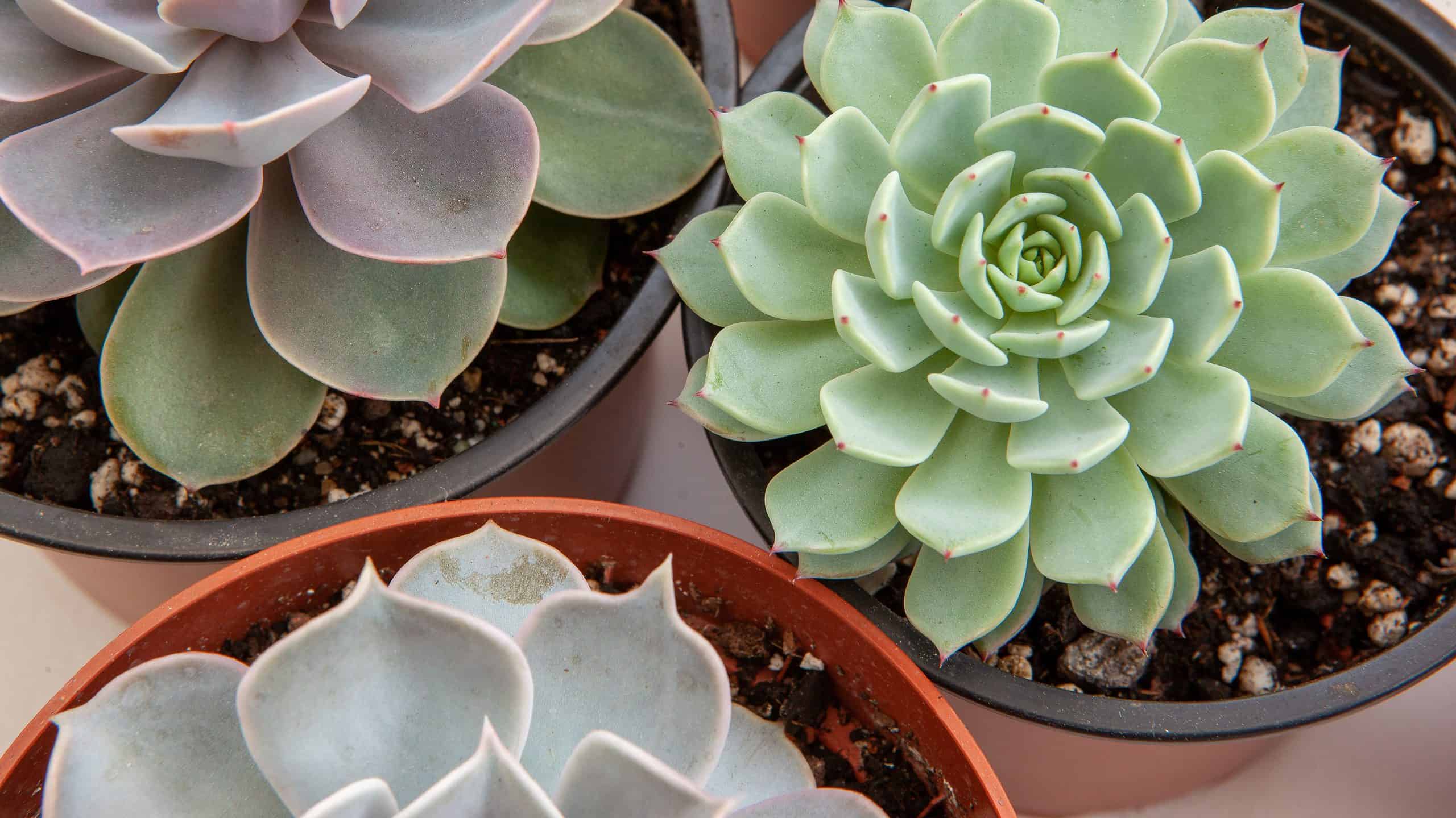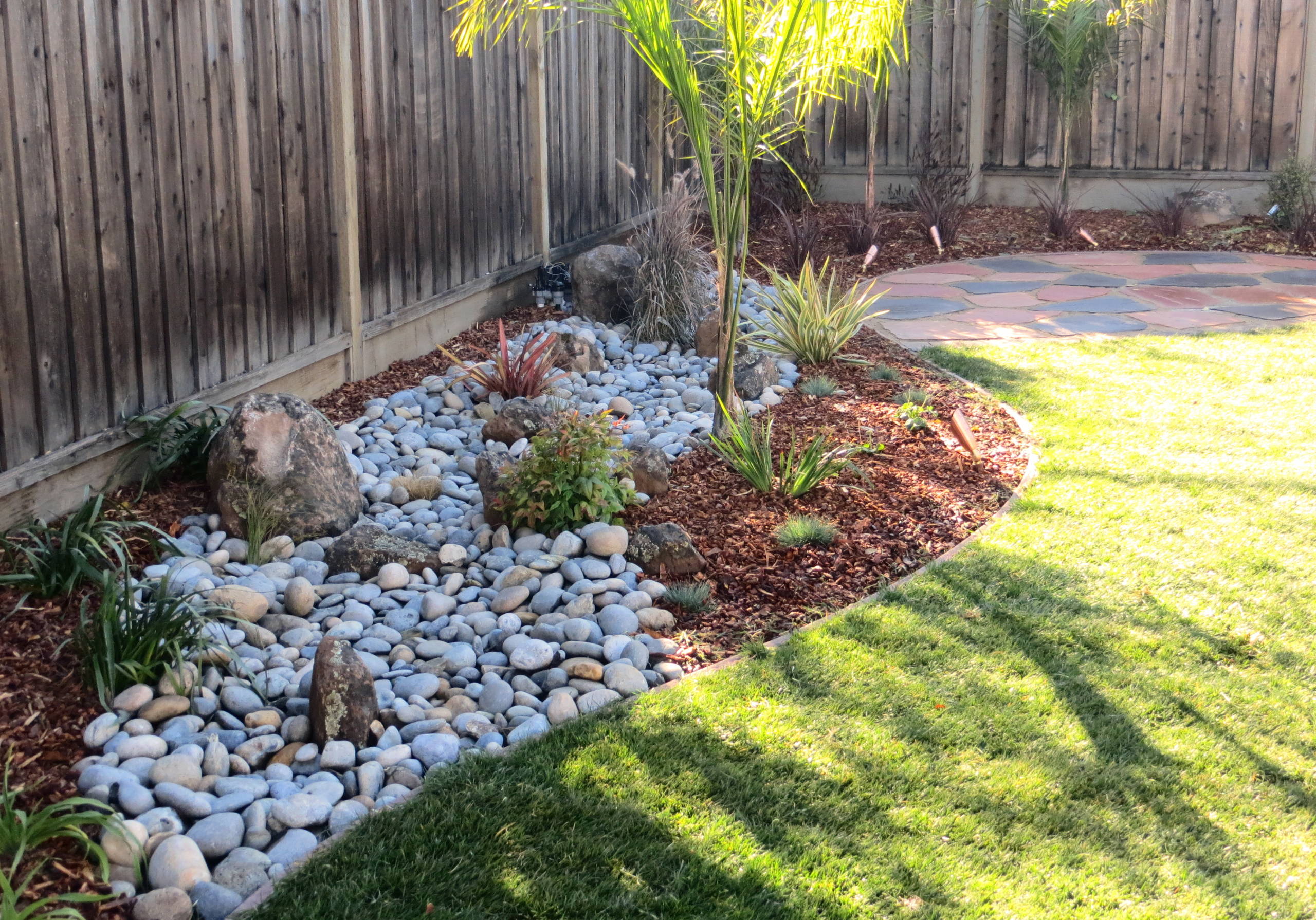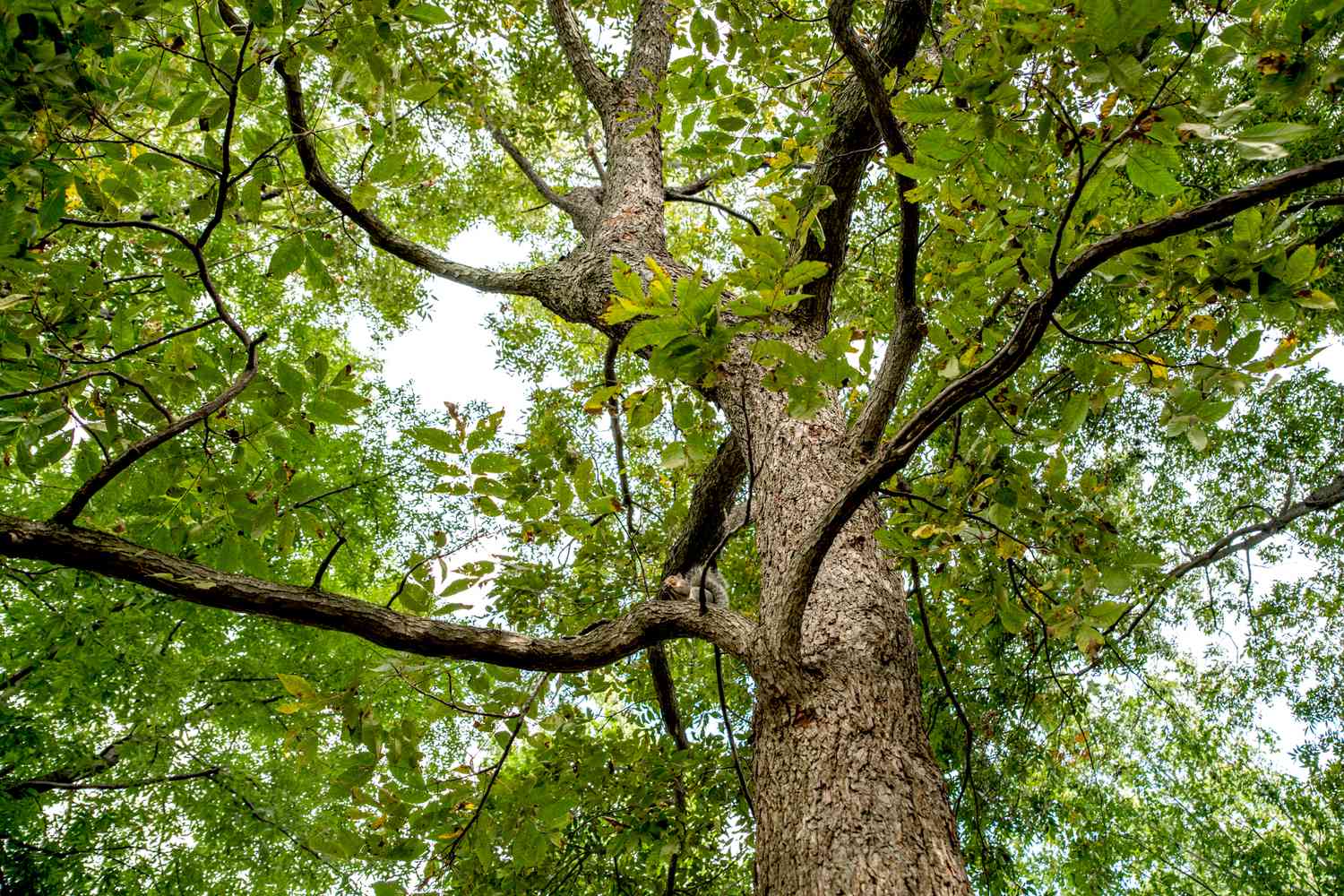Home>Garden Design>Planning Your Garden>How Fast Do River Birch Trees Grow


Planning Your Garden
How Fast Do River Birch Trees Grow
Modified: February 7, 2024
Discover how fast river birch trees grow and get expert tips for planning your garden.
(Many of the links in this article redirect to a specific reviewed product. Your purchase of these products through affiliate links helps to generate commission for Chicagolandgardening.com, at no extra cost. Learn more)
Table of Contents
Introduction
Welcome to the wonderful world of gardening! Planning your garden is an exciting and fulfilling endeavor that allows you to create a beautiful and thriving outdoor space. One key aspect of garden planning is selecting the right plants, and the river birch tree is a fantastic choice.
River birch trees, scientifically known as Betula nigra, are native to the eastern United States and are highly valued for their ornamental beauty and environmental benefits. These trees are known for their unique peeling bark and graceful, arching branches.
In addition to their visual appeal, river birch trees are also fast-growing, making them an ideal choice for gardeners who want to see quick results. The rapid growth rate of river birch trees allows you to enjoy their beauty and benefits sooner rather than later.
Throughout this article, we will explore the characteristics of river birch trees, the factors that affect their growth rate, ideal growing conditions, and tips for promoting faster growth. By the end, you will be equipped with the knowledge to successfully plan and cultivate your very own river birch tree garden.
Characteristics of River Birch Trees
River birch trees have several distinct characteristics that set them apart from other tree species. Understanding these traits will help you appreciate the beauty and value they can bring to your garden.
One notable feature of river birch trees is their unique bark. The bark starts off as a smooth, creamy white color when the tree is young but gradually transforms into a stunning display of peeling, cinnamon-colored layers as it matures. This peeling bark not only adds visual interest but also provides year-round texture to your garden.
Another striking aspect of river birch trees is their foliage. The leaves of this particular tree species are dark green, ovate in shape, and sharply serrated along the edges. In the fall, they turn a beautiful yellow color, creating a vibrant and picturesque seasonal display.
In terms of size, river birch trees can reach impressive heights, typically ranging from 40 to 70 feet. They have an upright and spreading growth habit, with arching branches that gracefully cascade down. These branches create a light and airy canopy, allowing dappled sunlight to filter through and create an enchanting atmosphere in your garden.
Additionally, river birch trees are known for their ability to tolerate wet soil conditions. They are often found growing near riverbanks, hence their name. This adaptability makes them an excellent choice for gardens with poor drainage or areas prone to occasional flooding.
Moreover, river birch trees have delicate and pendulous catkins, or flowering structures, that appear in early spring. These catkins release pollen, attracting bees and other pollinators to your garden, supporting the overall ecological balance.
Overall, the unique bark, attractive foliage, impressive height, adaptability to wet soil, and pollinator-friendly flowers make river birch trees a captivating and beneficial addition to any garden landscape.
Factors Affecting the Growth Rate of River Birch Trees
The growth rate of river birch trees can be influenced by several key factors. Understanding these factors will allow you to optimize their growth and ensure they thrive in your garden.
1. Soil Quality: The quality of the soil has a significant impact on the growth rate of river birch trees. These trees prefer moist, well-draining soil that is rich in organic matter. Ensuring that the soil is properly prepared and amended before planting will provide the necessary nutrients and support for their growth.
2. Sunlight: River birch trees thrive in full to partial sunlight. While they can tolerate some shade, they will grow more vigorously and produce denser foliage in areas with adequate sunlight. Planting them in a location that receives at least 6 hours of direct sunlight per day is ideal for optimal growth.
3. Watering: As mentioned earlier, river birch trees are adapted to wet soil conditions. Regular watering is essential, especially during dry periods, to ensure they receive sufficient moisture. However, they should not be overwatered, as this can lead to root rot. Striking a balance between keeping the soil consistently moist and avoiding waterlogging is crucial.
4. Climate: River birch trees are well-suited for moderate climates. They can tolerate both hot summers and cold winters, making them adaptable to a wide range of regions. However, extreme temperature fluctuations or prolonged periods of extreme heat or cold can negatively impact their growth.
5. Pest and Disease Control: Like all plants, river birch trees are susceptible to certain pests and diseases. Regular monitoring and proper pest management practices can help prevent infestations and ensure the health and vigor of your trees. Common pests that can affect river birch trees include aphids, scale insects, and birch leafminer.
6. Pruning: Regular pruning is important to maintain the shape and health of river birch trees. Pruning should be done during the dormant season to remove dead or diseased branches and promote new growth. By selectively removing branches, you can also enhance air circulation and sunlight penetration, leading to healthier and faster growth.
By taking these factors into consideration and providing the necessary care and maintenance, you can create an ideal environment for your river birch trees to flourish and grow at an optimal rate.
Ideal Growing Conditions for River Birch Trees
Creating the perfect growing conditions for river birch trees will ensure their health, vitality, and rapid growth. Here are the key factors to consider:
1. Soil: River birch trees thrive in moist, well-draining soil. It is recommended to plant them in loamy soil that is rich in organic matter. Amending the soil with compost or well-rotted manure before planting will provide the necessary nutrients and promote optimal growth.
2. Watering: As mentioned earlier, river birch trees have a preference for moist soil. Regular watering is crucial, especially during hot and dry periods. Deep, thorough watering once or twice a week will encourage deep root growth and support the tree’s overall health. However, ensure that the soil is not waterlogged, as this can lead to root rot.
3. Sunlight: River birch trees thrive in full to partial sunlight. Select a planting location that receives at least 6 hours of direct sunlight per day. However, they can tolerate some shade, particularly in the afternoon or in hotter climates.
4. Climate: River birch trees are adaptable to a wide range of climates but are best suited for moderate regions. They can tolerate both cold winters and hot summers. However, extreme temperature fluctuations or prolonged periods of extreme heat and cold can stress the tree and affect its growth.
5. Spacing: When planting river birch trees, ensure that they have enough space to grow and spread. Allow for a minimum distance of 10 to 20 feet between each tree to avoid overcrowding and competition for resources. This will allow each tree to receive adequate sunlight, nutrients, and water.
6. Maintenance: Regular care and maintenance of river birch trees are essential for their optimal growth. This includes regular pruning to remove dead or diseased branches, shaping the tree, and enhancing air circulation. Mulching around the base of the tree will help retain moisture and prevent weed growth.
By providing the ideal growing conditions for river birch trees, you will create an environment that supports their growth and ensures they flourish in your garden. Remember to monitor the soil’s moisture levels, provide sufficient sunlight, and maintain proper care to enjoy the rapid growth and beauty of these magnificent trees.
The Growth Rate of River Birch Trees in Different Regions
The growth rate of river birch trees can vary depending on the region in which they are planted. While these trees are typically known for their fast growth, factors such as climate, soil conditions, and available resources can influence their growth rate. Let’s explore how river birch trees fare in different regions:
1. Warm and Humid Regions: In warm and humid regions, such as the southeastern United States, river birch trees thrive. The combination of ample rainfall, optimal temperatures, and moist soil conditions provides the ideal environment for rapid growth. In these regions, river birch trees can grow up to 3 or 4 feet per year, establishing a mature size in a relatively short period.
2. Moderate and Temperate Regions: River birch trees also thrive in moderate and temperate regions with distinct seasons. These trees can adapt to various soil conditions and can tolerate both hot summers and cold winters. In these regions, the growth rate may vary depending on the specific climate and available resources. On average, river birch trees in these areas can grow between 1 and 2 feet per year.
3. Cold and Northern Regions: River birch trees can still thrive in colder and northern regions, although their growth rate may be slightly slower. Harsher winters and shorter growing seasons can impact their overall growth. However, with proper care and protection during the winter months, river birch trees can still exhibit decent growth rates, averaging around 1 foot per year.
It’s important to note that while river birch trees have a fast growth rate, individual growth rates may vary based on specific environmental conditions. Factors such as available sunlight, soil quality, and moisture levels can play a significant role in influencing the growth rate in any given region. Adequate care and maintaining favorable growing conditions can help maximize the growth potential of your river birch trees.
Tips for Promoting Faster Growth of River Birch Trees
If you’re looking to maximize the growth rate of your river birch trees, there are several tips and techniques you can employ. By implementing these strategies, you can ensure that your trees grow vigorously and establish themselves quickly in your garden. Here are some helpful tips:
1. Proper Planting: When planting river birch trees, ensure that you dig a hole that is wide and deep enough to accommodate the roots. Loosen the soil around the planting hole to encourage root expansion. Avoid planting too deep, as this can hinder growth. Mulching around the base of the tree will help retain moisture and promote healthy root development.
2. Adequate Watering: Watering is essential for the growth and survival of river birch trees. Provide deep, thorough watering once or twice a week, depending on the weather conditions. This will ensure that the roots receive sufficient moisture and encourage healthy growth. Avoid overwatering, as it can lead to root rot.
3. Fertilization: River birch trees benefit from regular fertilization to provide the necessary nutrients for their rapid growth. Apply a slow-release, balanced fertilizer in early spring when the tree begins its active growth. Be sure to follow the manufacturer’s instructions and avoid over-fertilizing, as this can harm the tree.
4. Pruning: Regular pruning is essential for maintaining the health and shape of river birch trees. Prune during the dormant season to remove dead or diseased branches and promote new growth. It also helps enhance air circulation and sunlight penetration to the tree’s canopy, stimulating faster growth.
5. Protection from Pests and Diseases: Monitor your river birch trees for common pests such as aphids, scale insects, and birch leafminer. Implement proper pest management practices to prevent infestations and minimize the risk of disease. Regularly inspect your plants and take prompt action if you notice any signs of pest or disease damage.
6. Provide Some Shade: While river birch trees thrive in full to partial sunlight, providing some shade during hot summer months can help reduce stress and promote faster growth. Consider planting companion plants or providing temporary shade structures to shield the tree from excessive heat.
7. Regular Maintenance: Consistent and attentive care is crucial for promoting faster growth in river birch trees. This includes removing weeds around the base of the tree, monitoring soil moisture levels, and providing proper mulching. Regularly inspect your trees for any issues and address them promptly to support their growth.
By following these tips, you can create an optimal environment for your river birch trees to thrive and reach their full growth potential. With proper care, attention, and the right growing conditions, you’ll be able to enjoy the beauty and benefits of these fast-growing trees in your garden in no time.
Conclusion
In conclusion, planning your garden with river birch trees is an excellent choice for adding beauty, natural charm, and rapid growth to your outdoor space. These trees, with their unique peeling bark, attractive foliage, and adaptability to various soil conditions, provide a stunning visual display year-round.
Understanding the factors that affect the growth rate of river birch trees, such as soil quality, sunlight, watering, climate, and maintenance, is essential for creating optimal growing conditions. By providing the ideal environment for your river birch trees, you can ensure their health, vigor, and rapid growth.
Whether you live in warm and humid regions, moderate and temperate climates, or even colder and northern areas, river birch trees can thrive with proper care. While the growth rate may vary depending on the specific region, these trees have the potential to grow quickly and reach impressive heights.
Implementing tips such as proper planting techniques, adequate watering, fertilization, regular pruning, pest and disease control, providing some shade, and diligent maintenance can all contribute to promoting faster growth in river birch trees.
By carefully considering the characteristics of river birch trees, selecting suitable growing conditions, and employing the right strategies, you can create a stunning river birch tree garden that will bring life and vibrancy to your landscape.
So go ahead and start planning your garden with river birch trees. With their rapid growth and captivating features, they will undoubtedly become a standout element in your outdoor space, providing beauty, shade, and environmental benefits for years to come.









